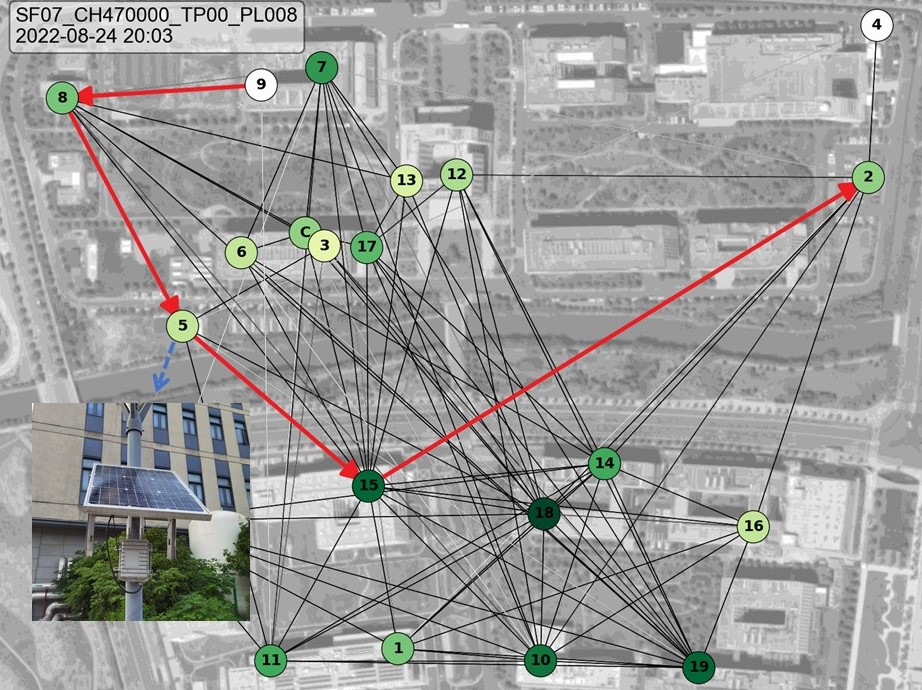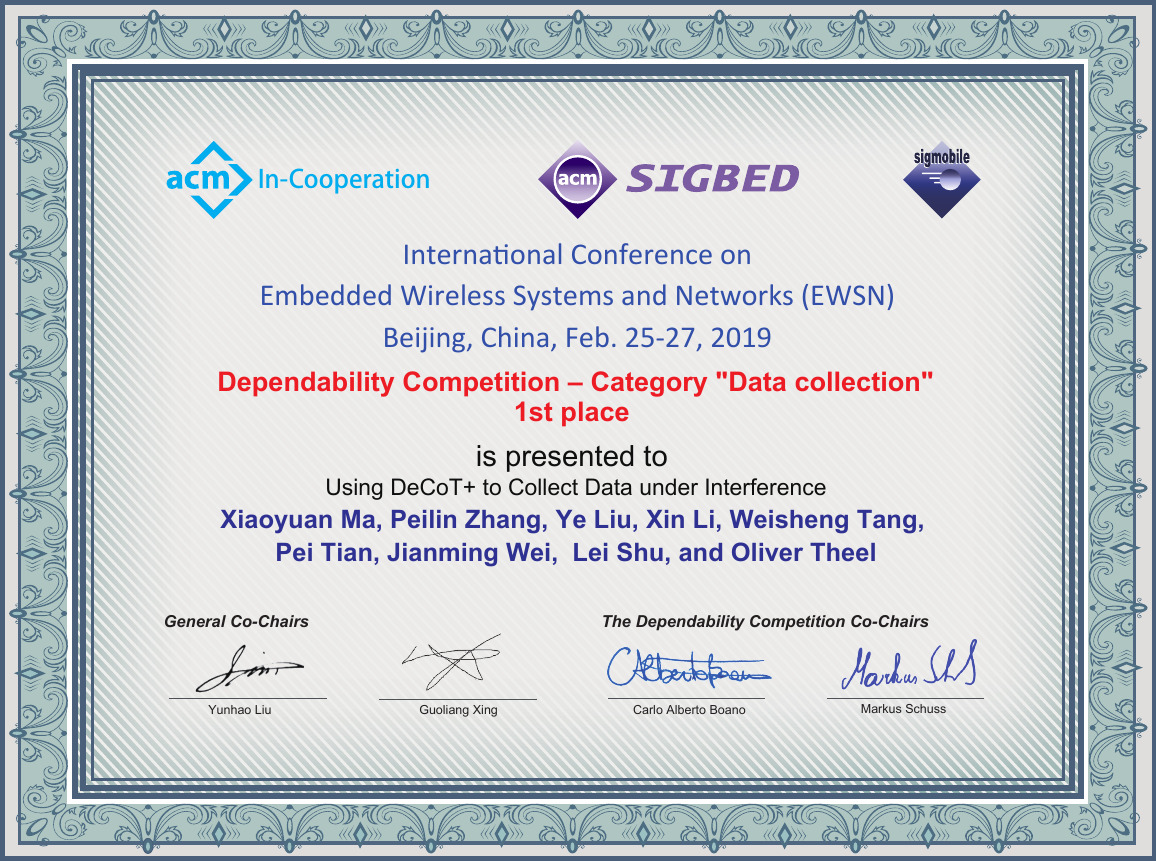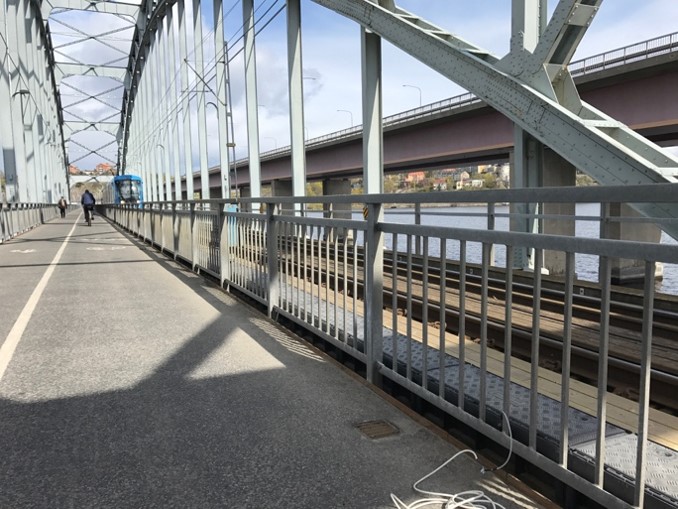Research
A key obstacle hindering the development of large-scale LoRa testbeds outdoors is the lack of a backbone infrastructure allowing them to communicate with the nodes and supply them with power easily. As a result, many LoRa installations are deployed indoors or only support a handful of outdoor devices, which does not allow proper testing. To bridge this gap, we built ChirpBox, an infrastructure-less LoRa testbed. ChirpBox is open source, and the tutorial website can be found at [Link]. The related papers have been published in EWSN 2021 [PDF], SenSys-DATA 2021 [PDF], and IPSN 2022 [PDF]
ChirpBox: An Infrastructure-Less LoRa Testbed
Wireless networking in the Internet of Things is challenging because massive of devices in a relatively small region need to be interconnected. Particularly, the CSMA/CA operation is not a viable solution since a dense network leads to high channel contentions. Moreover, external radio interference can indeed undermine network dependability. Thus, we proposed and implemented protocols to address this challenge. This research work was supported by NSFC. The related papers have been published in PPNA 2018 [PDF], INFOCOM 2020 [PDF], and ICNP 2020 [PDF].
Dependable Wireless Network Protocols for IoT
Over 73,000 railway bridges are older than 110 years in Europe. The IoT is promising for railway bridge health monitoring. However, existing energy-efficient approaches, such as duty cycling and energy harvesting, face challenges in this application due to the unpredictability of train passages and insufficient ambient energy around bridges. We proposed EocVibe, the first railway bridge monitoring IoT system that provides on-demand sensing with near-zero idle energy dissipation. This research work was supported by VINNOVA. The related papers have been published in IEEE ComMag 2016 [PDF] and IEEE IoTJ 2019 [PDF].
On-Demand Railway Bridge Structural Health Monitoring
Water quality data is crucial and valuable, but its acquisition is not always trivial. A promising solution is to distribute a wireless sensor network in water to measure and collect the data. However, a drawback exists in that the system's batteries must be replaced or recharged after being exhausted. To mitigate this issue, we designed a self-sustained and on-demand water quality sensing system powered by renewable bioenergy from microbial fuel cells. This research work was supported by the Exploratory Advanced Research Program of FHWA. The related papers have been published in IEEE ComMag 2016 [PDF] and ACM TECS 2017 [PDF].
Harvest Energy from Water: A Green Water Quality Sensing System
